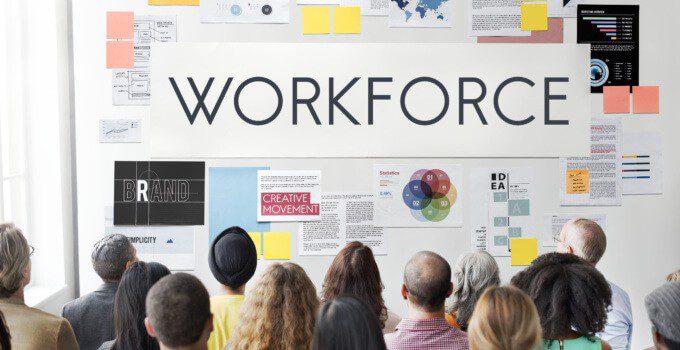Workforce planning—the overall process of linking workforce strategies to desired business outcomes—is a necessity for a thriving business strategy. This workforce planning process helps employees in numerous ways:
- Manage organizational culture
- Deploy staff and organize work
- Anticipate and manage risks
- Respond to organization-wide staffing needs
- Influence development of job classes, rules, and collective agreements within the workplace
With all these provided perks, it’s no wonder why workforce planning is constantly high on the wish list for HR executives. The issue is, however, it seems strategic workforce planning remains on the wish list rather than the to-do list. The most common reasons for this implementation struggle include:
- Over/underestimating the required timeframe—Current-year results aren’t guaranteed in a lengthy process such as workforce planning. Don’t give up or change your methods just yet, those results may just be a few more months away than expected.
- Data acquisition struggles—Managers may be reluctant to look towards future plans if they are unable to put together the current data and plans for comparison.
- Ignoring that gut feeling—Not every method is going to have successful data to back it up yet, especially when you’re just starting the workforce planning process. Sometimes those gut feelings are worth following—if they are successful ideas, you’ll have the proof for the next time around.
- Big picture vs. minor details—At what level of detail should you set the bar? General departments or specific job skillsets? Every organization differs on their wants and needs for level of detail. If you don’t know the level of detail you need, it’s a safe bet to start on broader terms and work towards more specific ones until you find a comfortable, effective happy medium.
- Knowing the future—Knowing which employees are at risk for turnover, retirement, or illness is not easy. Tailoring to specific individuals may be a waste of time and resources—they may last years longer than expected, while a different, unsuspecting employee ends up suddenly heading for early retirement. Workforce planning methods should be aimed towards replacing job categories, not specific individuals.
The concept and process of workforce planning is complex, but well worth it. It requires leadership, cooperation, commitment, and patience. Once you begin identifying issues, goals, objectives, and strategies, your workforce planning process will be well on its way to providing for your organization.
Employee assessments may be a useful tool in your pursuit of goal and objective identification. Talexes has a suite of employee assessments for every stage of the employee lifecycle—for more information on using employee assessments to get a head start on your workforce planning process, contact Talexes today.




